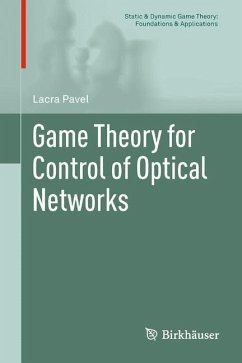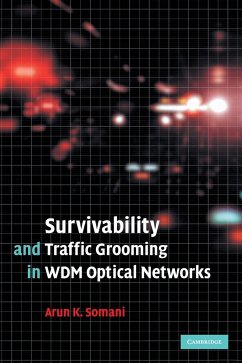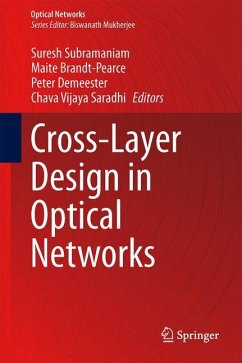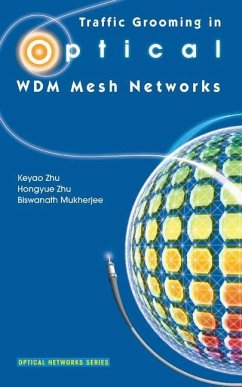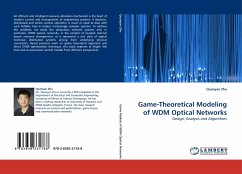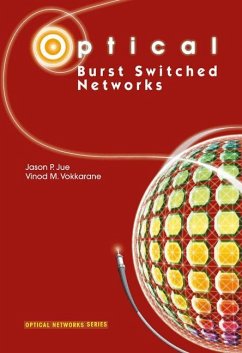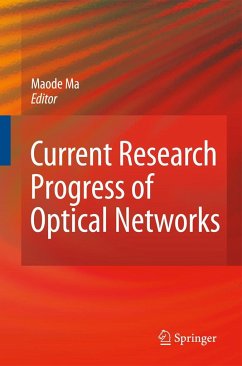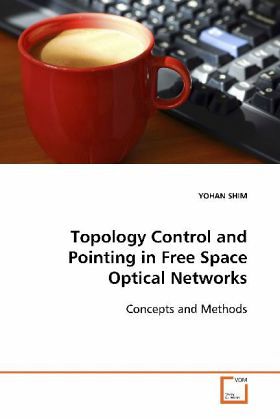
Topology Control and Pointing in Free Space Optical Networks
Concepts and Methods
Versandkostenfrei!
Versandfertig in 6-10 Tagen
52,99 €
inkl. MwSt.

PAYBACK Punkte
26 °P sammeln!
Free space optical (FSO) communication providesfunctionalities that are different from fiber opticnetworks and omnidirectional RF wirelesscommunications in that FSO is optical wireless (noinfrastructure installation cost involving fibers)and is highly directional (no frequencyinterference). Moreover, its high-speed datatransmission capability is an attractive solution tothe first or last mile problem to bridge to currentfiber optic network. In order to be useful, FSOcommunication must deal with the followingfundamental problems: (1) How to quickly andprecisely establish and maintain optical li...
Free space optical (FSO) communication provides
functionalities that are different from fiber optic
networks and omnidirectional RF wireless
communications in that FSO is optical wireless (no
infrastructure installation cost involving fibers)
and is highly directional (no frequency
interference). Moreover, its high-speed data
transmission capability is an attractive solution to
the first or last mile problem to bridge to current
fiber optic network. In order to be useful, FSO
communication must deal with the following
fundamental problems: (1) How to quickly and
precisely establish and maintain optical links
between nodes in the network? (Pointing, Tracking,
and Acquisition); (2) How to optimize network
performance in terms of network cost and congestion?
(Topology Optimization); (3) How to respond
autonomously to possible network performance
degradation due to link loss or sudden changes in
traffic demands? (Topology Control). This book,
therefore, provides solutions to the above problems
with both a hardware approach for developing
self-organized pointing and a software approach for
developing accurate heuristic algorithms for topology
optimization in bi-connected FSO networks.
functionalities that are different from fiber optic
networks and omnidirectional RF wireless
communications in that FSO is optical wireless (no
infrastructure installation cost involving fibers)
and is highly directional (no frequency
interference). Moreover, its high-speed data
transmission capability is an attractive solution to
the first or last mile problem to bridge to current
fiber optic network. In order to be useful, FSO
communication must deal with the following
fundamental problems: (1) How to quickly and
precisely establish and maintain optical links
between nodes in the network? (Pointing, Tracking,
and Acquisition); (2) How to optimize network
performance in terms of network cost and congestion?
(Topology Optimization); (3) How to respond
autonomously to possible network performance
degradation due to link loss or sudden changes in
traffic demands? (Topology Control). This book,
therefore, provides solutions to the above problems
with both a hardware approach for developing
self-organized pointing and a software approach for
developing accurate heuristic algorithms for topology
optimization in bi-connected FSO networks.



